Trump, Zelensky, and Europe: A Turning Point in the Ukraine Peace Talks
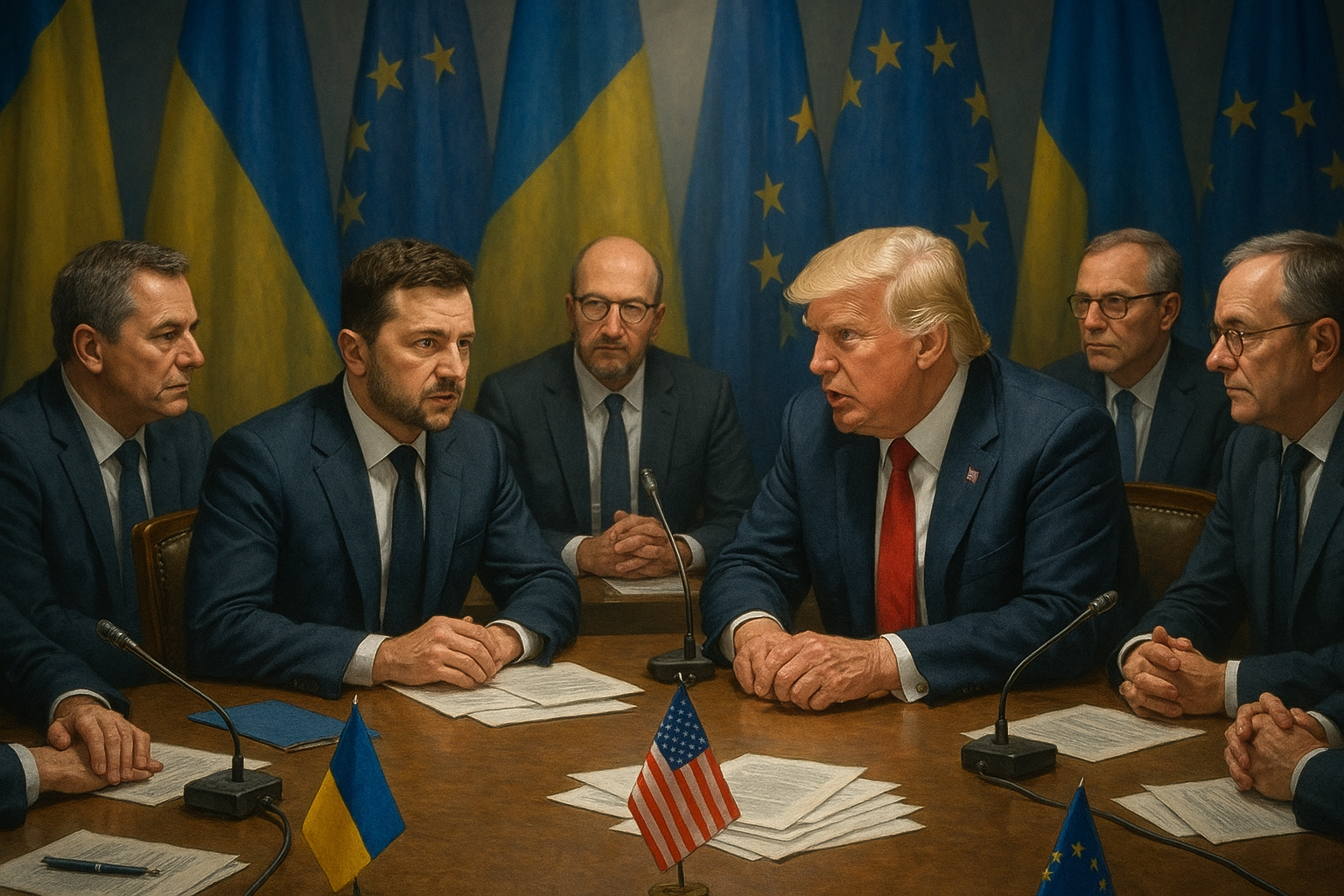
For nearly three years, the Russia–Ukraine war has shaped global headlines, economies, and politics. But last night, something shifted. A high-level meeting between Donald Trump, Volodymyr Zelensky, and top European leaders gave the world a glimpse of how peace might look.
The meeting wasn’t just about policies and numbers—it carried emotion, symbolism, and power play. The contrast between Trump and Zelensky’s first awkward meeting years ago and this respectful, even cordial, exchange shows how much the stakes have changed. This wasn’t just another diplomatic gathering—it might be the start of a new phase in the war.
Leaders present at Russia–Ukraine peace talks
This was not just a routine discussion — it brought together some of the most powerful leaders in the world. From Europe, NATO Secretary General Mark Rutte, European Commission President Ursula von der Leyen, France’s President, Germany’s Chancellor, Italy’s Prime Minister, the UK’s leader, and Finland’s leader attended. On the U.S. side, President Trump, Vice President Mike Pence, Secretary of State Marco Rubio, Treasury Secretary Scott Besant, and the Defence Secretary were present. Ukraine was represented directly by President Zelensky. Such a lineup shows how much global weight this meeting carried — and why the outcomes could shape the next phase of the war.
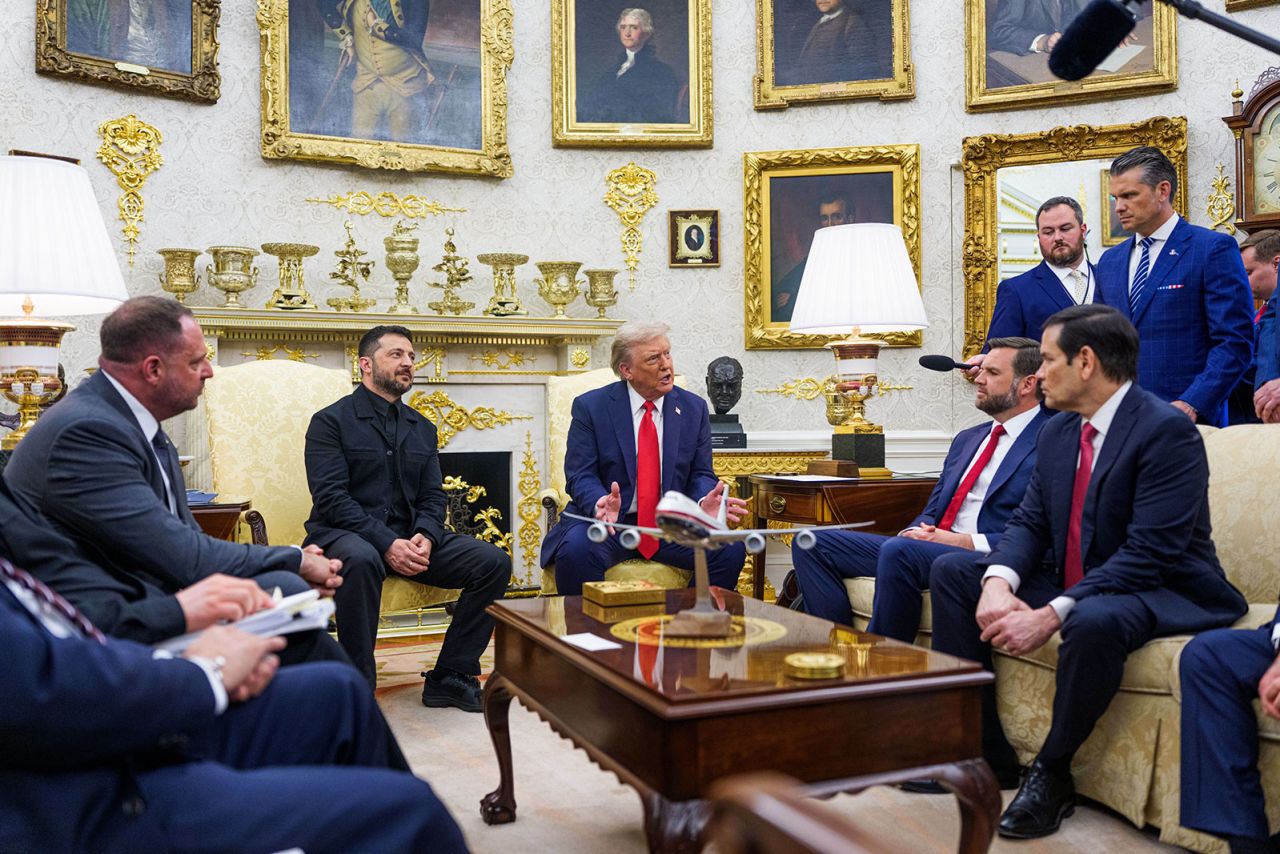
The Power of First Impressions
When Zelensky arrived, Trump greeted him warmly and even praised his suit. This may sound trivial, but in politics, gestures matter. Just a few years back, Zelensky was ridiculed for his clothing during their first meeting. Now, not only did Trump treat him with respect, but even the press followed suit—literally.
For Ukraine, this recognition is more than symbolic. It shows Zelensky is no longer seen as the “newcomer” but as a leader at the centre of one of the world’s biggest crises.
The Core Debate: How to Secure Ukraine
At the heart of the talks was one burning question: how to make sure Russia doesn’t strike again.
- Ukraine and Europe ask: A binding security guarantee, something close to NATO’s Article 5 (where an attack on one is an attack on all). Zelensky pushed for a deal within 7–10 days, tied to a $90 billion defence package.
- Trump’s stance: He agreed Ukraine needs protection but firmly ruled out NATO membership. Instead, he wants a custom guarantee framework.
Interestingly, Putin has previously hinted he wouldn’t oppose such guarantees—as long as NATO doesn’t expand directly into Ukraine. That leaves room for a deal, but it also leaves plenty of questions about its strength.
Ceasefire First, or Peace Deal First?
Here’s where opinions split.
- Trump: “Peace deal first, ceasefire later.” He wants negotiations to define the endgame before the fighting stops.
- Europe and Zelensky: “Ceasefire first.” For them, stopping Russian missiles and saving lives comes before drafting political agreements.
This is more than a scheduling debate—it reflects two mindsets: Trump’s “deal-making” approach versus Europe’s humanitarian urgency.
Territorial Disputes: The Elephant in the Room
The hardest issue is still territory.
- Reports suggest Trump may be open to letting Russia keep the land it has already taken.
- Zelensky rejects this completely, saying Ukraine’s sovereignty is non-negotiable.
- Russia, for its part, seems content to capture the remaining parts of Donbas before stopping—something Ukraine cannot accept.
This deadlock could decide whether the war drags on or winds down.
Humanitarian Issues: Building Trust
Amid the heavy politics, Zelensky raised prisoner swaps and the return of Ukrainian children taken to Russia. Even Melania Trump personally appealed to Putin on the issue of children.
European leaders backed this push, arguing that small humanitarian wins could build the trust needed for larger agreements. It’s a reminder that beyond maps and treaties, this war is about human lives.
Europe’s Stake in Ukraine
France’s Emmanuel Macron put it bluntly: “Guarantees protect Europe itself, not just Ukraine.”
Europe knows that if Ukraine falls, instability spreads westward. That’s why the EU leaders backed strong guarantees—even as they clashed with Trump over ceasefire timing. Germany emphasised unity and urged caution, but no one doubted the urgency.
Interestingly, everyone—from Macron to von der Leyen—went out of their way to flatter Trump. Hints of a Nobel Peace Prize were dropped. Why? Because they know Trump is central to whatever deal comes next.
The Road Ahead
Within the next 10 days, a framework is expected that outlines Ukraine’s new security guarantees. If that happens, it would be the fastest diplomatic progress in years.
But the challenges remain:
- U.S. hasn’t clarified how far it’s willing to go to protect Ukraine.
- Europe and Trump disagree on sequencing (ceasefire vs. deal).
- Russia still controls Ukrainian land and wants more.
- Ukraine refuses to compromise its borders.
For now, Ukraine gains breathing room and stronger Western backing. But peace still depends on whether Trump, Zelensky, and Putin can align.
Conclusion: A Fragile but Real Opening
Last night’s meeting didn’t end the war. But it did open a new window. For the first time in months, there’s a plan, a timeline, and surprisingly, less public hostility.
Ukraine is still fighting for its survival. Europe is fighting to protect its borders. And Trump is trying to shape his legacy. If they can align, peace might just move from a dream to reality.
👉 The next 10 days could be decisive—not just for Ukraine, but for Europe, Russia, and the world.
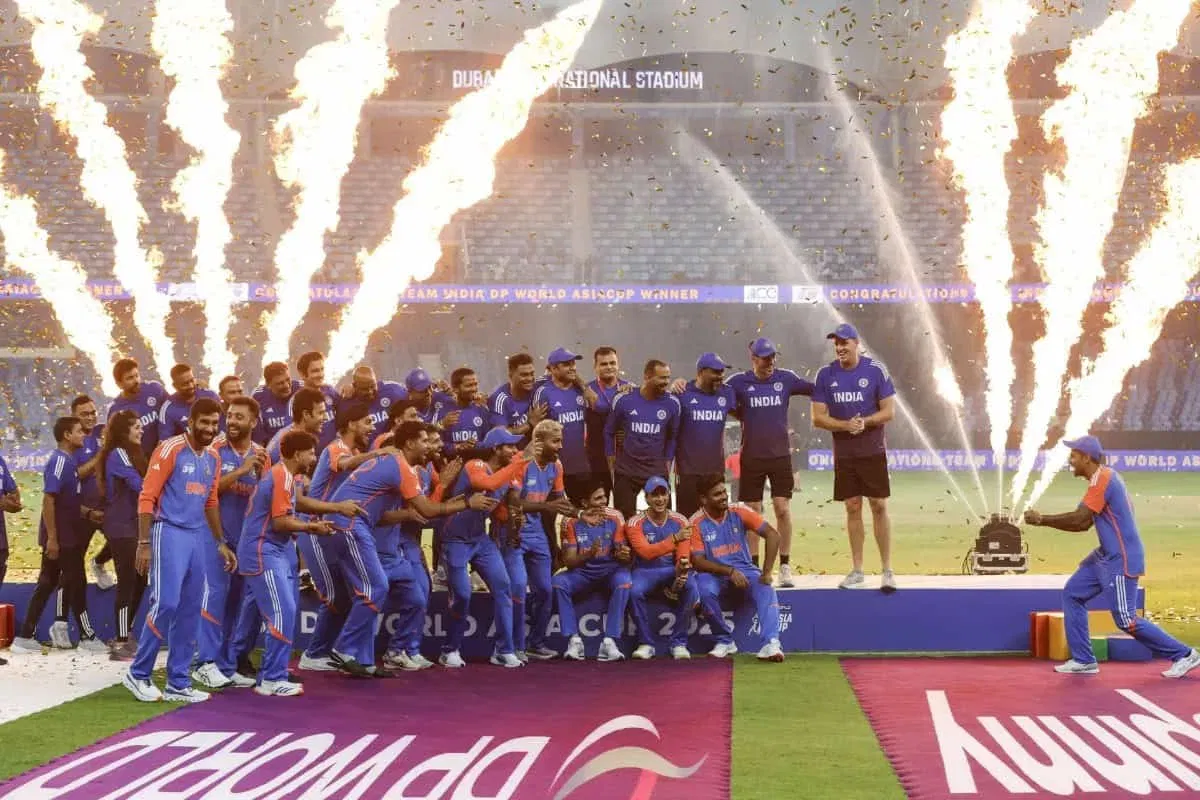
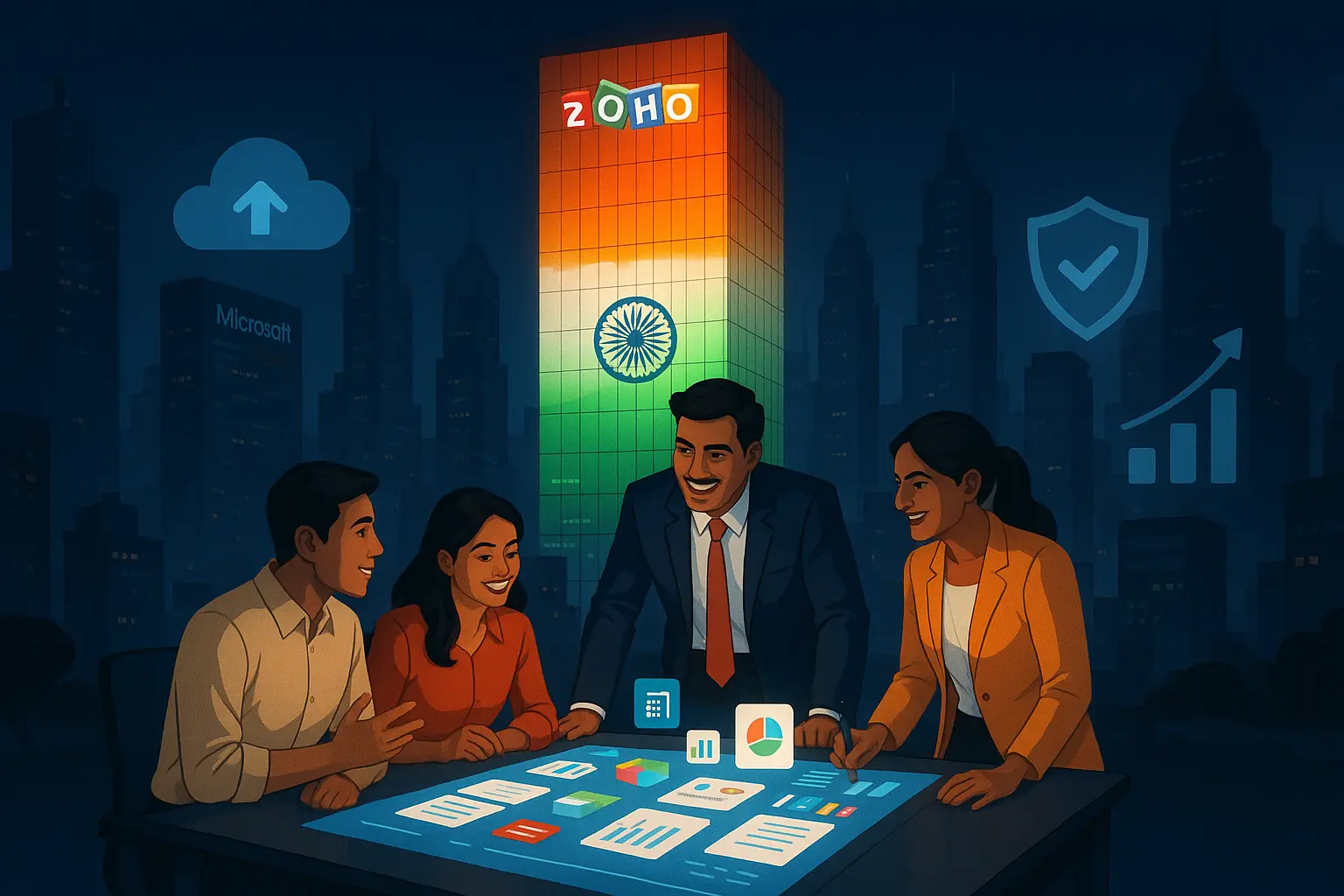
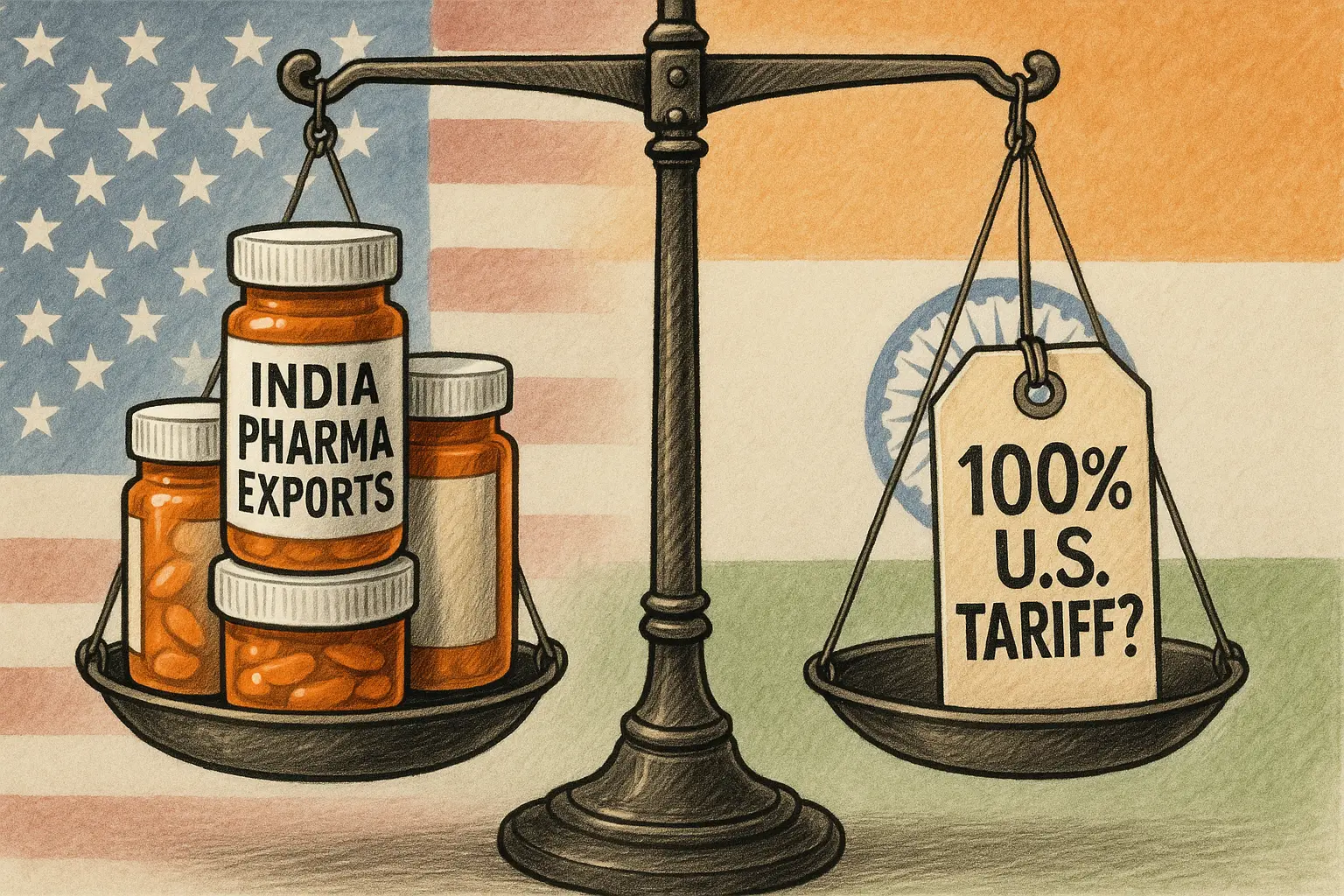
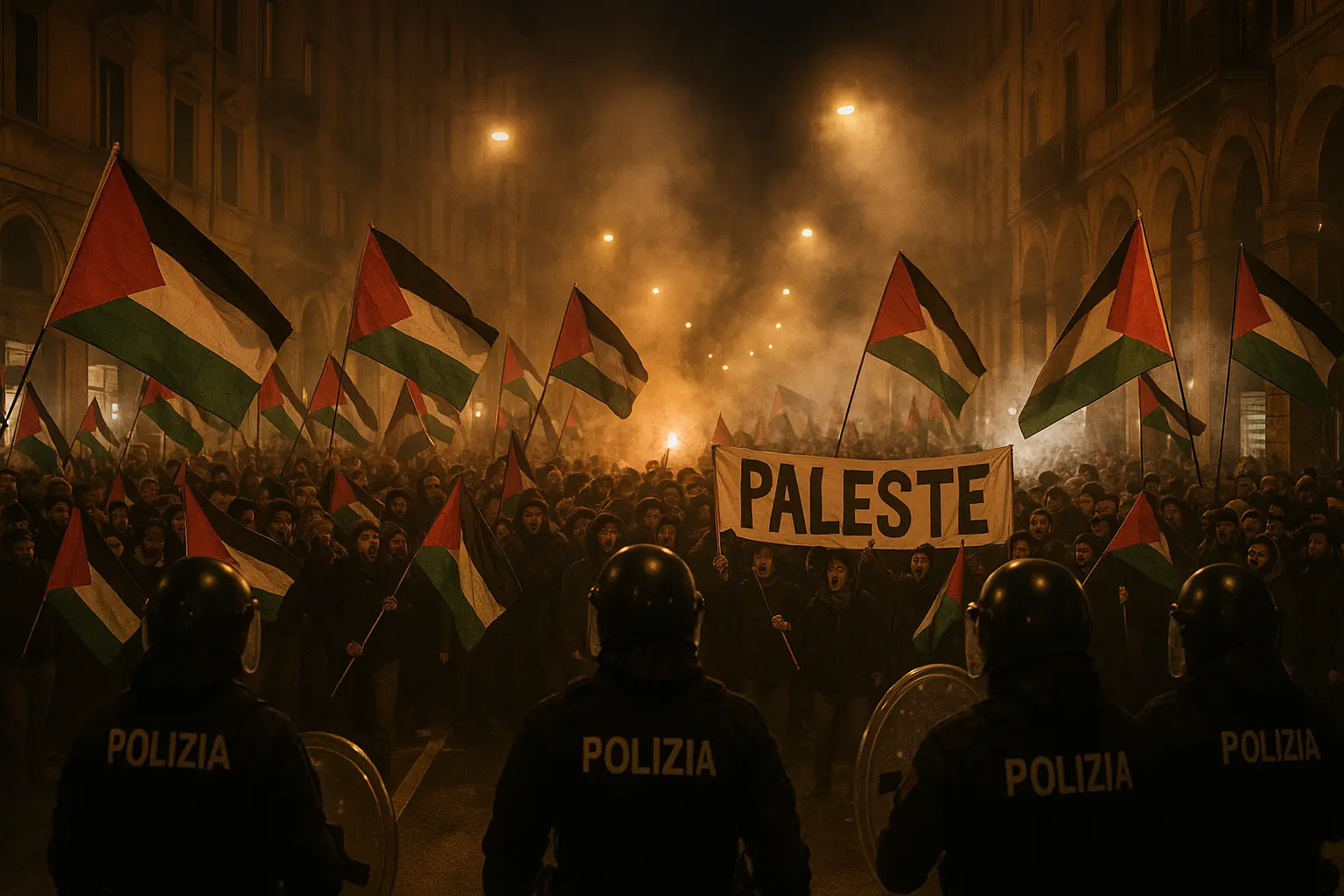
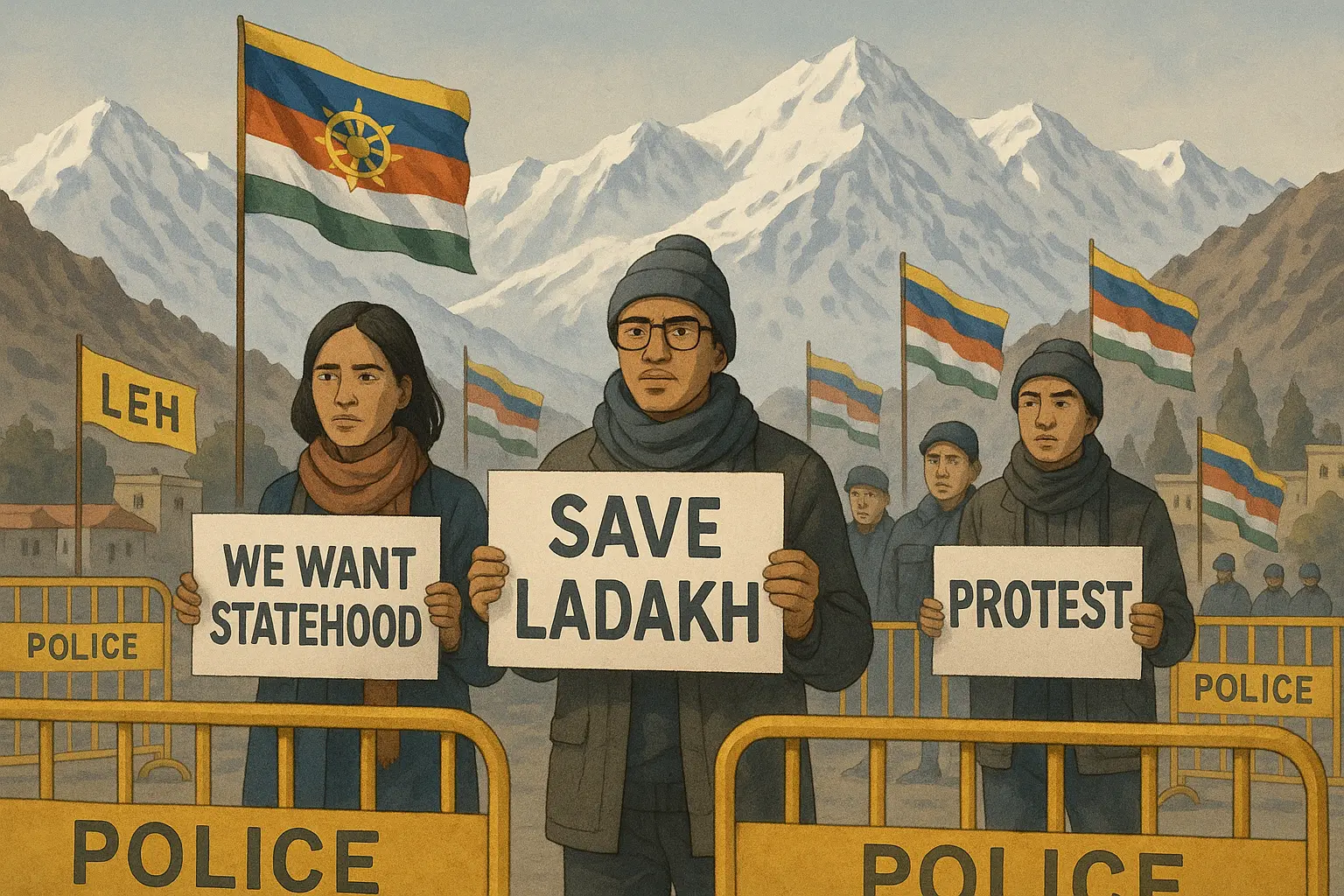
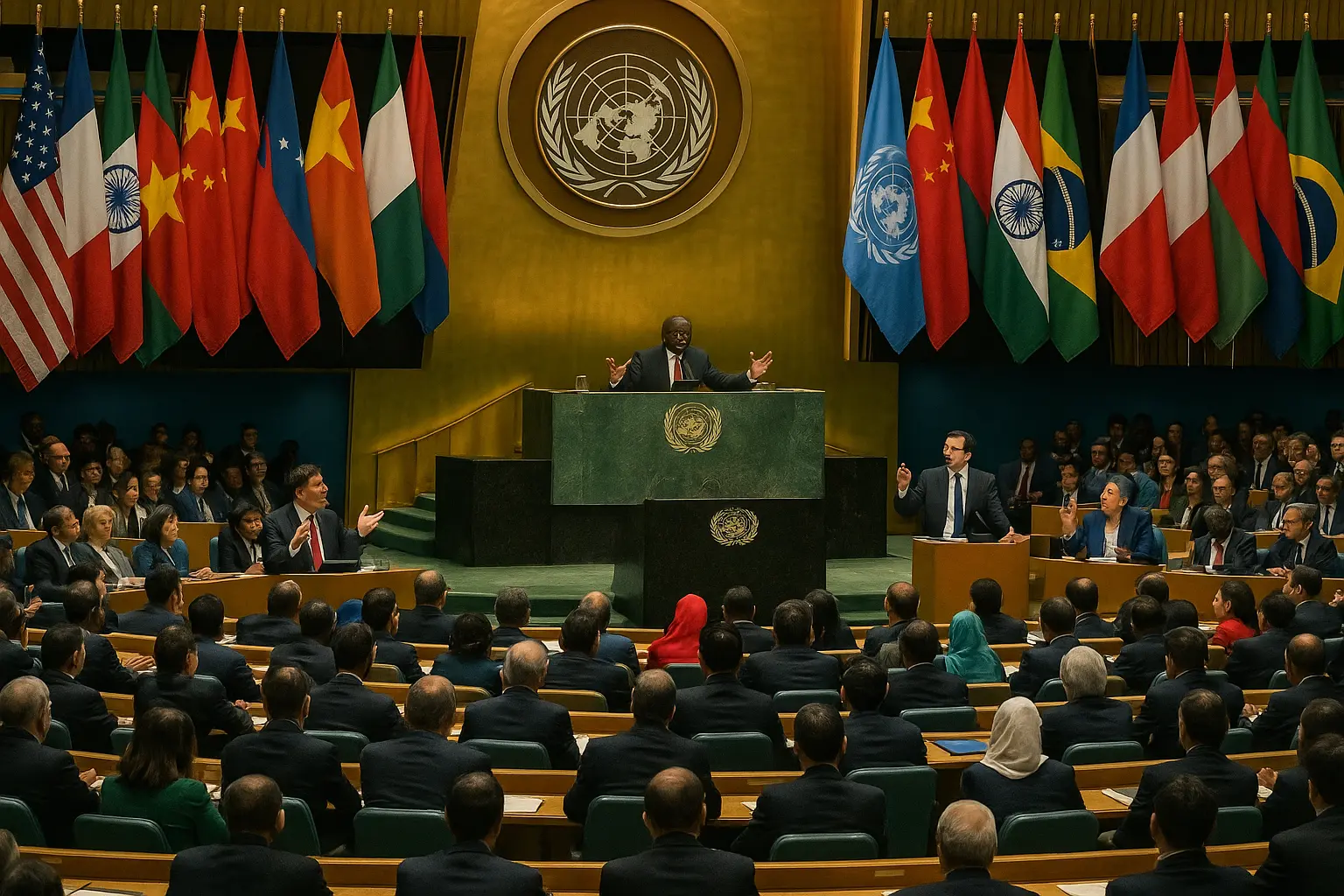
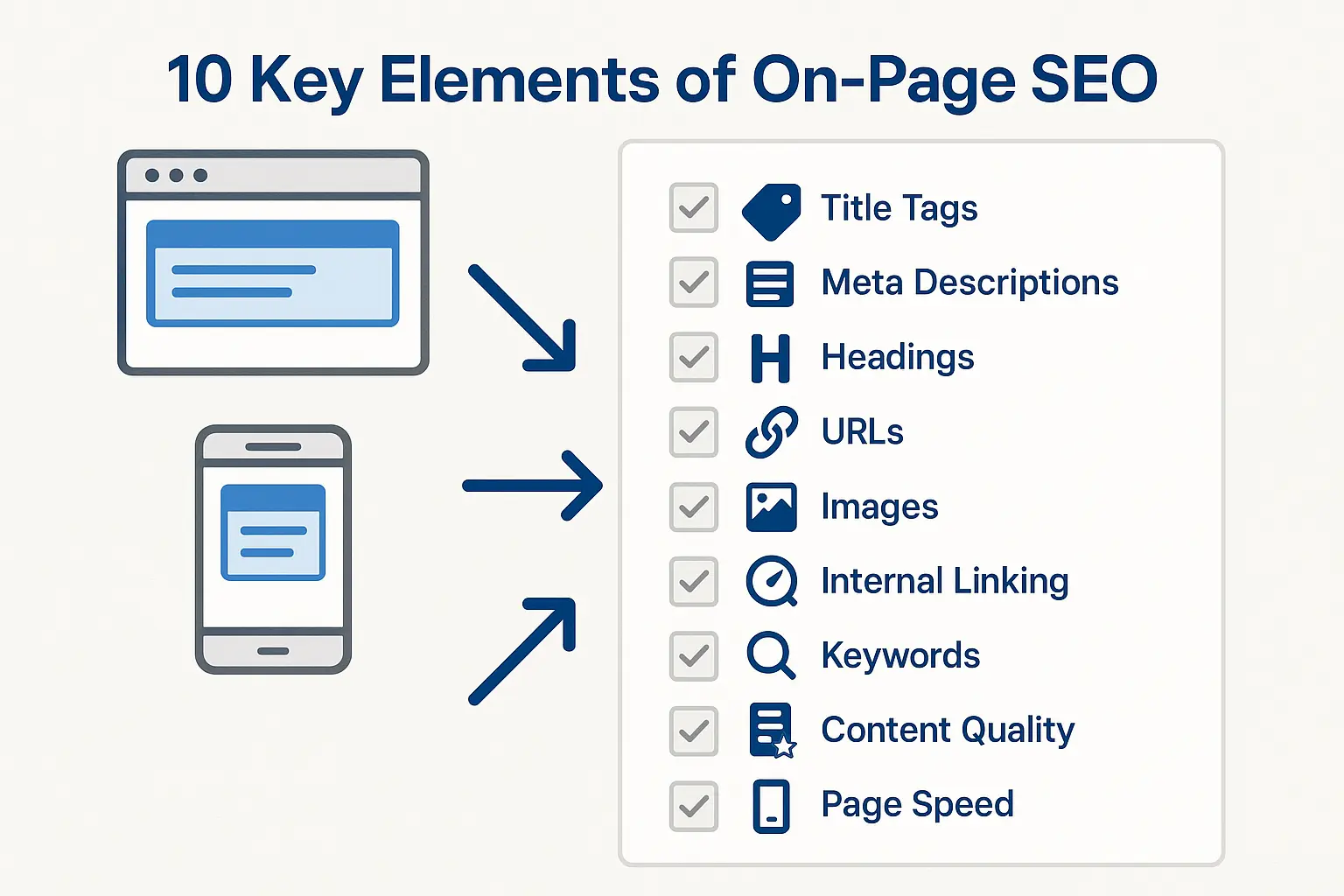
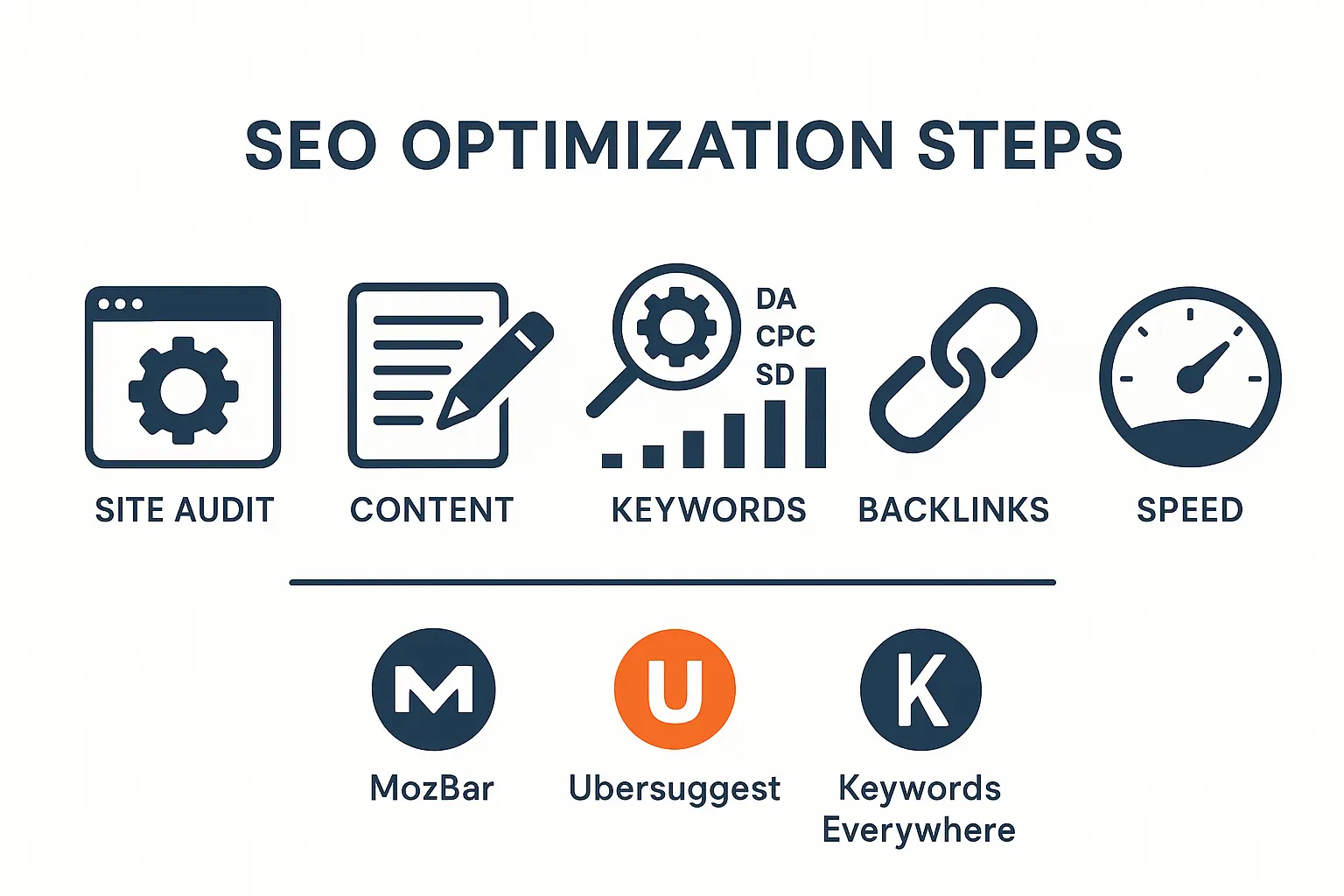
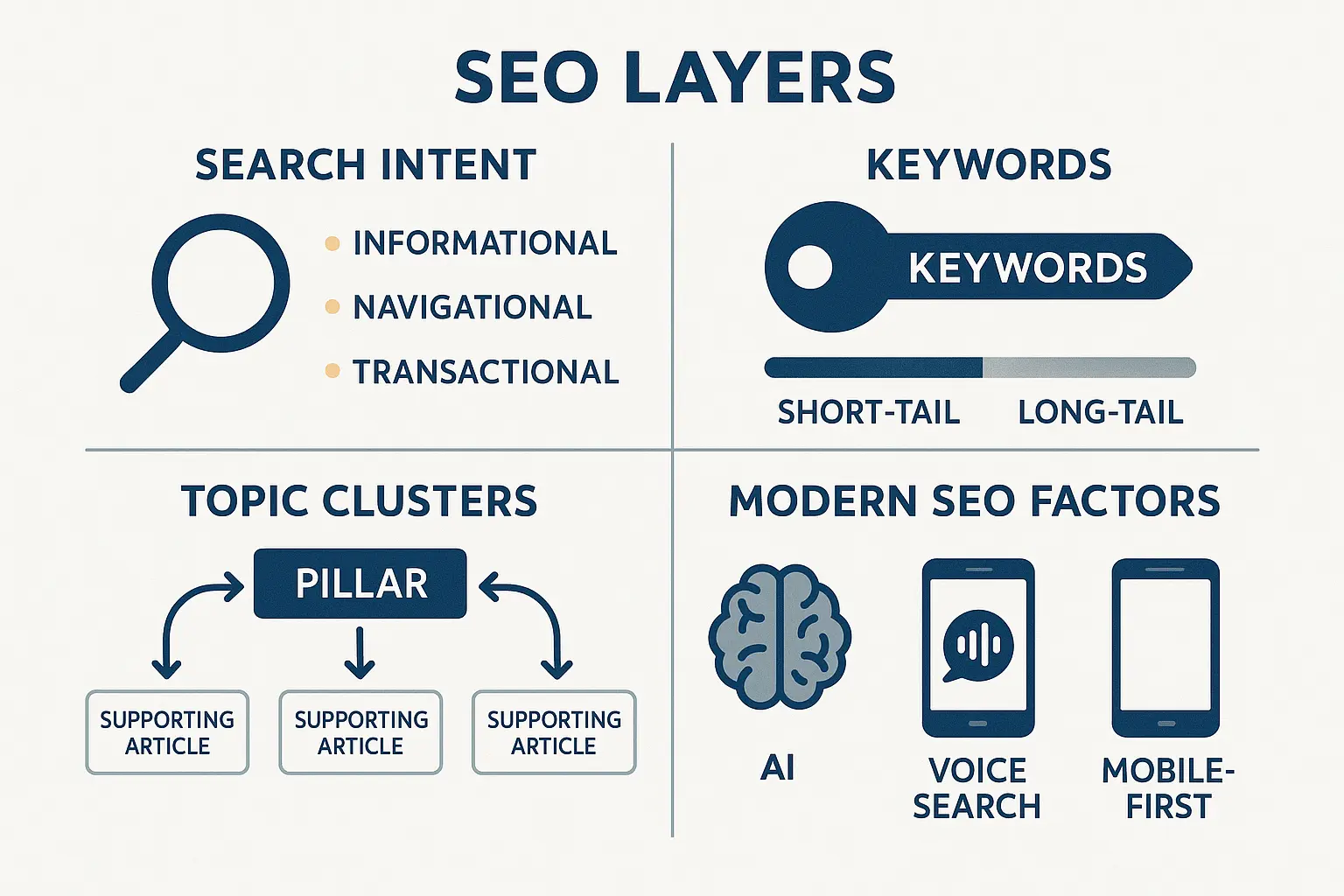
No comments yet. Be the first to comment!